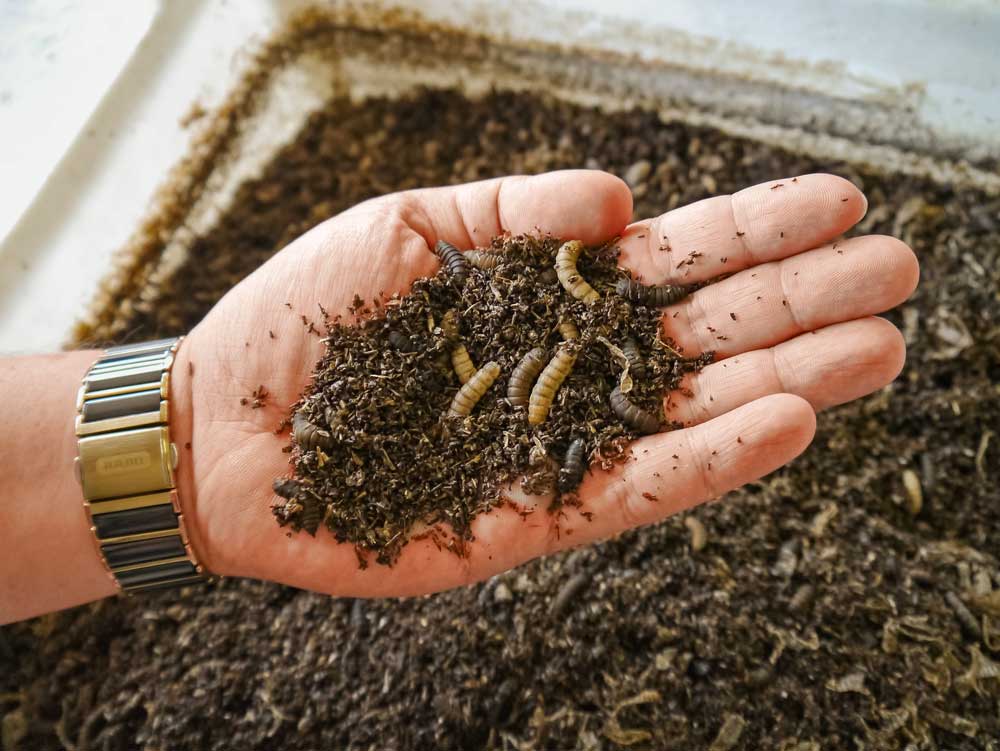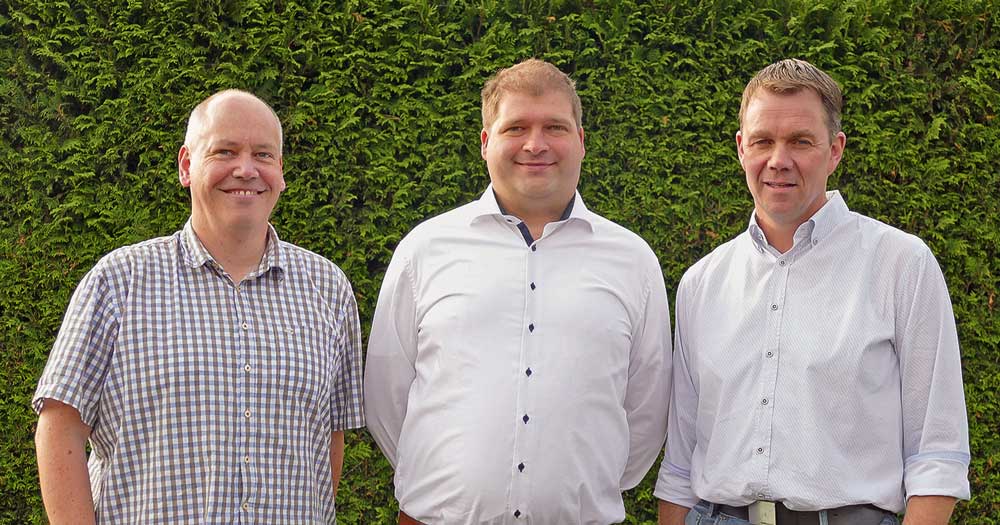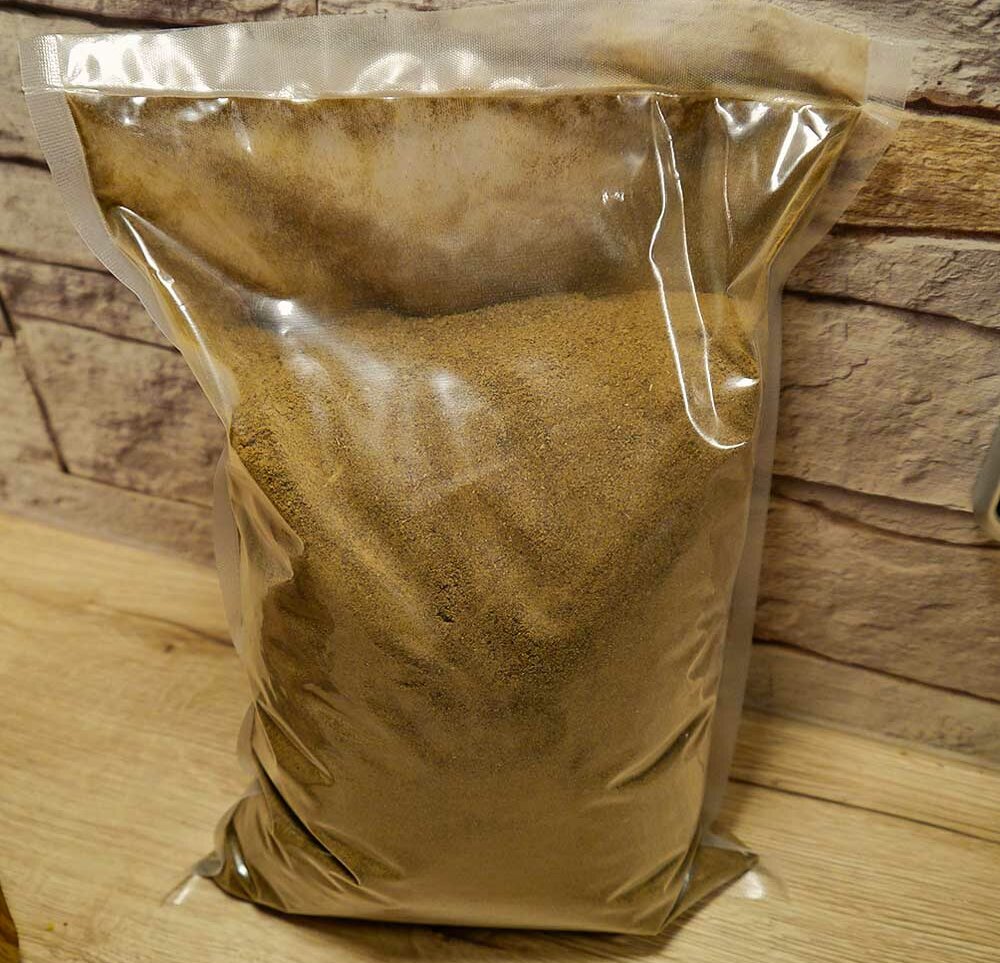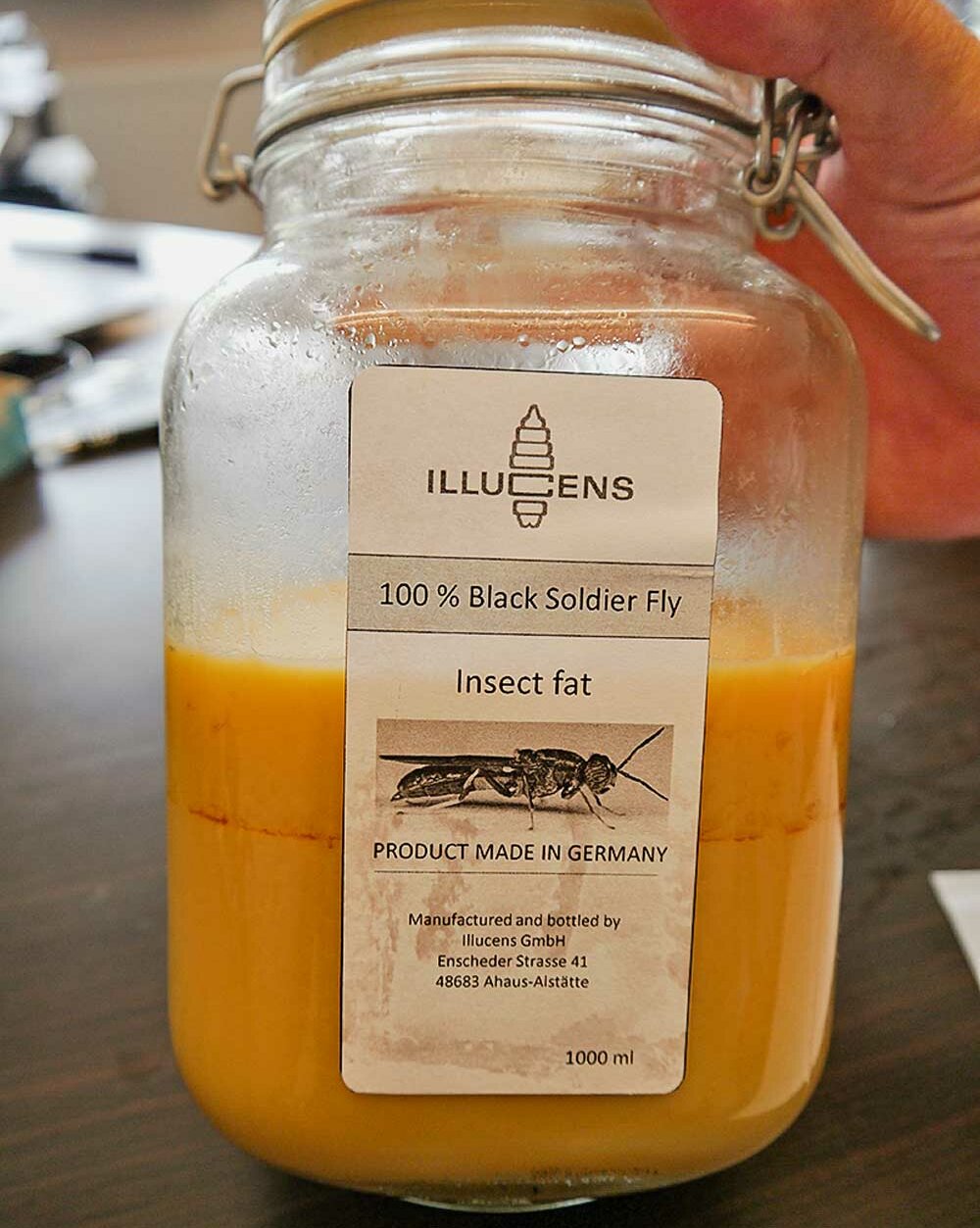Neither fish nor flesh
By Katrin Rutt
Whether in house or livestock barn, flies are mostly just a nuisance. But from another point of view they could turn out very useful. For instance, Westphalia businessmen Dirk Wessendorf, Martin Ewering and Günter Wielens see flies as providers of nutrients and feedstuff in a world that increasingly needs more protein but requires protection from climate change too. One result of their collective vision is Europe’s largest fly breeding facility, producing larvae of the black soldier fly (Hermetia illucens) at Alstätte on the Dutch-German border.
Larvae production: know-how needed
The German state of North-Rhine Westphalia has one of the highest farm livestock densities in the country. Accordingly, there’s a high level of professional know-how in the associated upstream and downstream segments, from barn equipment and design over feeding through to slaughter. With this background, the entrepreneurs see promising opportunities for insect breeding and feeding as a new enterprise in farm production. After all, insects are increasingly discussed as alternative protein source in human and animal nutrition. Even ten years ago, Dirk Wessendorf was sizing-up the potential of different species in this respect. He was specially attracted to the possibilities offered by the black soldier fly. The civil engineer was, and still is, enthusiastic about this tropical fly because its larvae feed on just about any organic material to produce protein and fat suitable for feed or food. In planning a professional production facility for the flies, he joined forces with the livestock barn constructor Martin Ewering and farmer Günter Wielens.
Is insect breeding the solution for two great problems?
»The Hermetia larvae have an enormous metabolic rate and can utilise almost everything as their feed, including waste from the human food chain, or grain spoiled by mycotoxins right down to manure slurry«, explains Wessendorf. »Simultaneously they’re producing high-quality proteins and fats. So they’re not only dependable suppliers of important nutrients, they also help recycle waste material through digestion.« The undigested remainder of the larvae diet is then suitable for composting and spreading onto fields. Another point: the larvae feed efficiency is substantially better than that of classic livestock. Compared with, say, common house flies, soldier flies invest all their energy in larvae production. We’re also talking about cold-blooded creatures here: »They don’t waste any energy in bodily heat production. Additionally, they produce markedly less greenhouse gases than pigs or cattle. From the creatures themselves, there’s nothing left over. Even the flies, that only serve as egg producers, are dried and used by the pharmaceutical industry in the manufacture of spray-on plaster, for example.
Just as with conventional livestock, however, sound factual knowledge is crucial for reliable and efficient production. After all, each type of insect has specific breeding and production environment requirements. The three partners have gradually gathered this knowledge on a trial and error basis. Financial support comes from an international investment group specialising in the food industry. Established as initial facility is a 10000 m2 former textile hall with a larvae housing capacity for production of up to 5000 t defatted insect protein meal. Ambient temperature for comfortable and productive larvae is from around 28 to 30° C. »Surplus heat from a biogas unit can be used for ensuring this temperature«, reckons Wessendorf, although the larvae themselves create substantial heat in their feeding phase and this can be utilised too. Especially developed and officially authorised feed mixes serve as basic rations for the larvae. Wessendorf, Ewering and Wielens would like to feed their larvae on food waste or other refuse but present legislation prevents this. Because the larvae, or products manufactured from them, are destined for animal feed, the creatures themselves may be fed only authorised feeds.
Massive market for insect protein
Alongside vegetable protein sources such as rapeseed or soybean meals, processed animal protein is very suitable for livestock nutrition. Present legislation says that living insects may be fed to monogastric animals. On the other hand, where animal protein is processed, EU law prevents its feeding to cattle, pigs or hens, a ban initiated through the BSE crisis. Nor, so far, are products from the black soldier fly permitted in the human diet under German legislation. Thus, sales of the Alstätte output go mainly to the aquaculture sector as, since 2017, insect meal may be used as replacement for fishmeal in rations. Additionally, some output goes to angler and zoo suppliers, as well as owners of snakes, lizards and birds. On top of this, Dirk Wessendorf markets via his firm »Illucens GmbH« not only the home-grown Hermetia larvae, but also supplies nearly all the relevant feed or food insects – from mealworms over crickets through to grasshoppers – live, ground, dried or deep-frozen through his online shop. He also sees an enormous potential for insect meal in dog foods. Right now, EU legislation allows insect-based products in pet rations. »Sustainability is an increasingly important theme in present society«, says Wessendorf. »And in this light, the present high proportion of meat in dog rations impacts the environment. Insect-based feed would substantially reduce the present ecological footprint in this respect. And let’s not forget, the dog is nowadays often a family member. As such, it should naturally be feed as healthily as possible. Insect-based feed permits this.«
Insects as protein source for livestock and humans?
Wessendorf, Ewering and Wielens are now hoping for a change in the legal framework concerning farm animal feeds. In fact, they strongly expect authorisation for insect protein as feed component for pigs and poultry in 2020. Trials at the University of Göttingen show that hens and pigs achieve growth rates on insect-based feeds at least as high as those achieved on conventional feeds.
It may indeed take some time before eating insects moves out of the exotic for most human consumers in our latitudes. In this respect, though, EU legislative framework is already in place under the Novel Food Ordinance introduced in 2018. So far, no types of insects are authorised as food EU-wide, although national exceptions exist. Even now in Brussels there lie several requests for authorisation in this respect – and the black soldier fly is mentioned here too. However, even with authorisation for food being granted, there’s still much to do in terms of educating consumers because, before general acceptance, there’s an aversion barrier to be overcome, at least in Europe.
Factory farming problem?
As insect breeders or feeders, will farmers maybe have to fear the current vertebrate animal welfare debate spilling over into insect farming? »Naturally, nothing is impossible in today’s emotionally-charged discussion culture«, Wessendorf admits. »Realistically seen, however, insect breeding offers far fewer targets for popular attack under ethical and animal welfare aspects. As cold-blooded creatures, insects develop really well only when amongst large numbers of their own kind, as can be seen in natural conditions. Also, insects don’t possess a nervous system which means they have no receptors for feeling pain.«
Is insect production a concept for every barn?
This is precisely the vision of the Westphalia trio. »I was immediately attracted by the idea«, reports Martin Ewering. »As barn builders, we too, have to consider how we can spread our customer base in future.« As trained electro technician, he’s the »process optimiser« within the project. Air humidity, pH, temperature, stocking density, feed composition: all these must be adjusted to meet as closely as possible the requirements of the black soldier flies – and with as much automation as conceivable. As with pigs, the establishment of a two-stage system featuring separate breeding and feeding enterprises is envisaged. Wessendorf, Ewering and Wielens have developed a modular building block system with this in mind. This can be individually installed in just about every type of barn complex. The system could be market-ready as early as next year (2020). Farmer Günter Wielens is naturally most interested in practical applicability on the farm. The pig producer also sees in the concept a very promising perspective. »I remain an enthusiastic pig feeder and want to keep this enterprise in the future. However, the pressures on us as farmers increase. And I can imagine that some of my colleagues may well lose their enthusiasm for pig production. For them, insect breeding could be an attractive alternative«, he reckons. Naturally, the most important aspect is profitability. And here there‘s still a lot of fine-tuning to do. Defatted Hermetia meal currently has a market value of 5000 €/t, says Dirk Wessendorf, with the production of a single kilogram meal requiring around 14700 larvae.
Summary
But it’s not enough to simply create production efficiency in order to bring insect breeding and feeding to the population as a whole. »The complete infrastructure is still, after all, in its infancy«, cautions Martin Ewering. »Lots of work is still necessary in order to establish a solid production structure as in our pig or poultry branches presently.« But if it takes off, it means farmers have the prospect of an interesting new business enterprise, as well as an alternative feed product.






